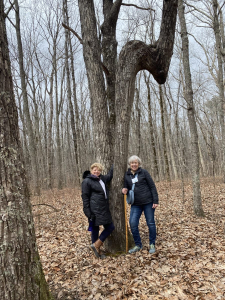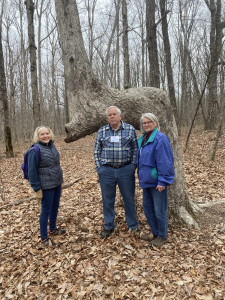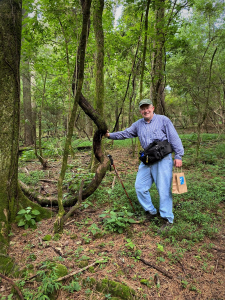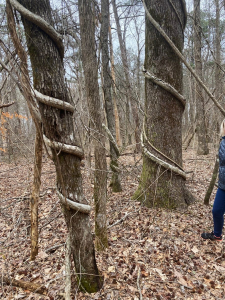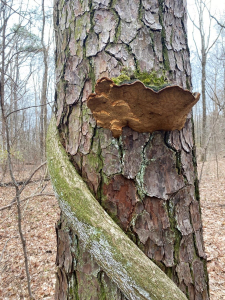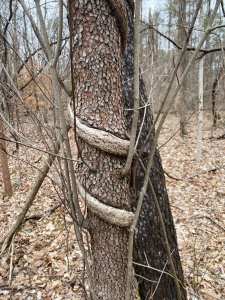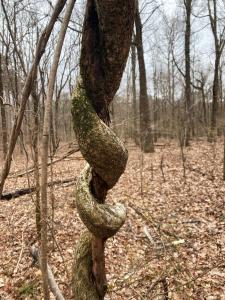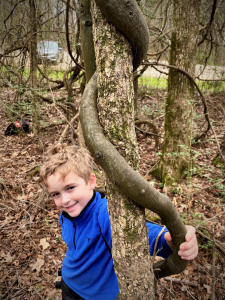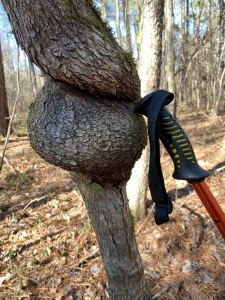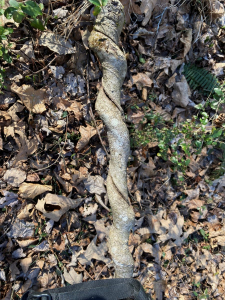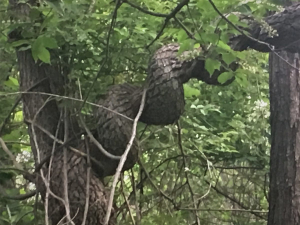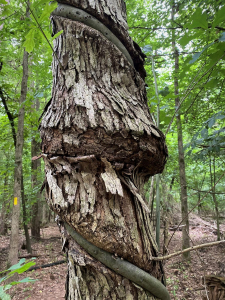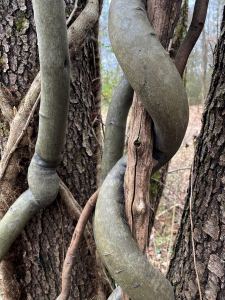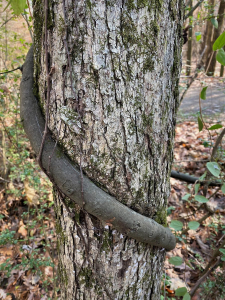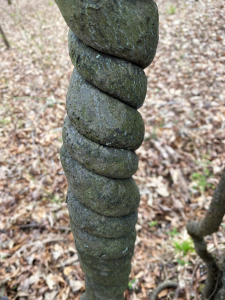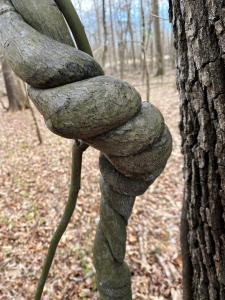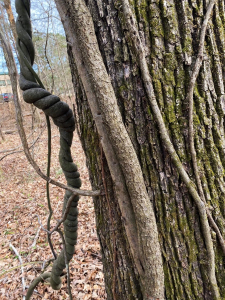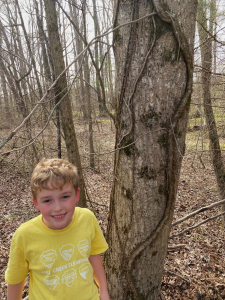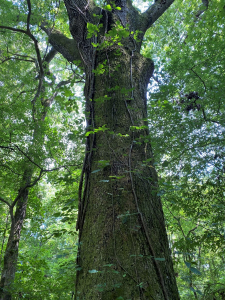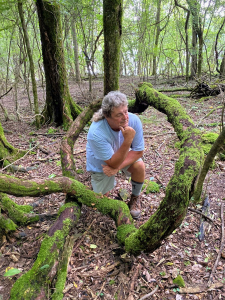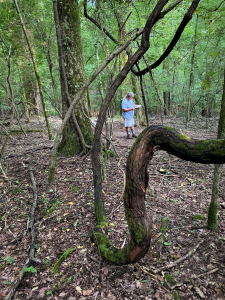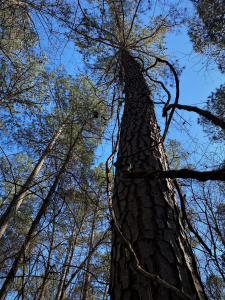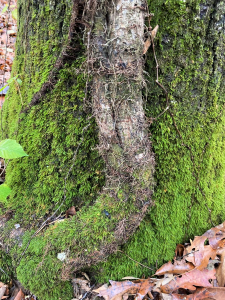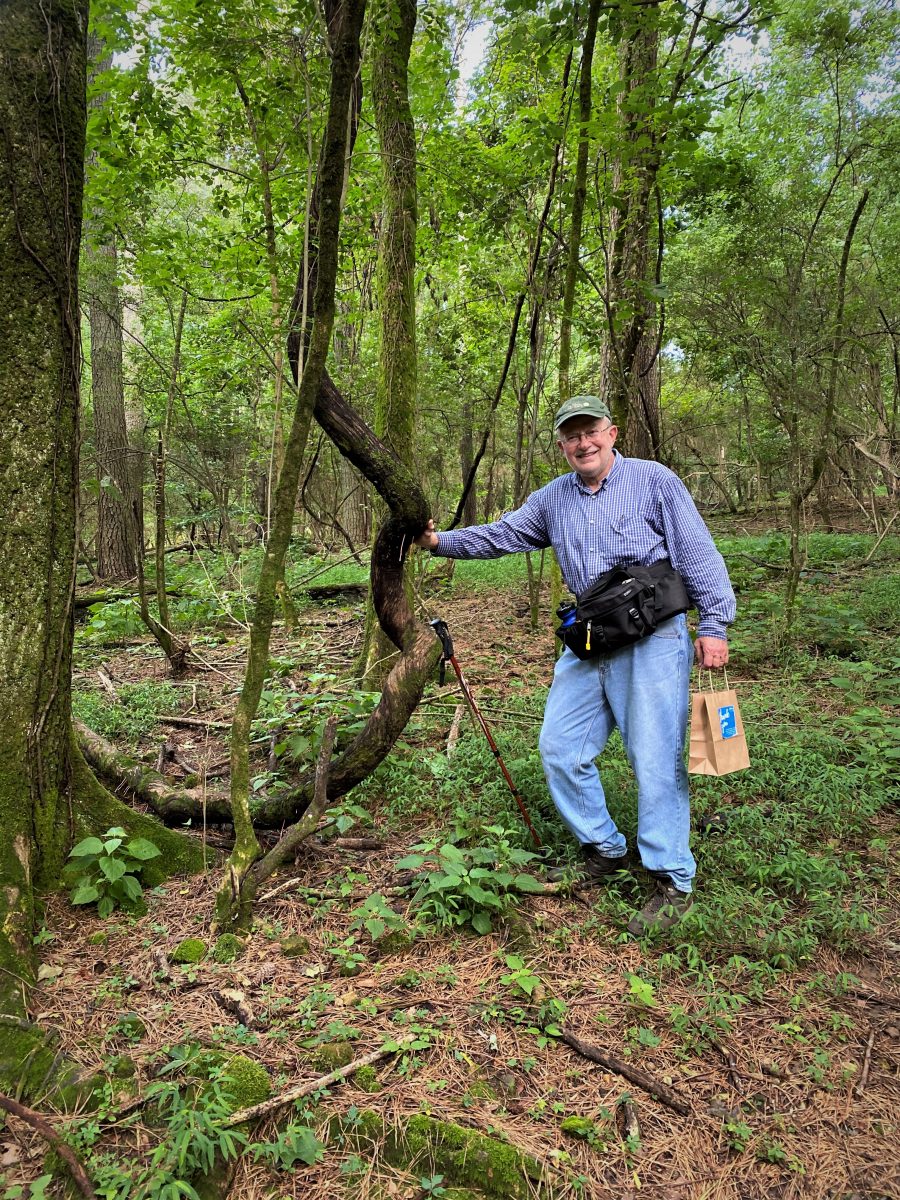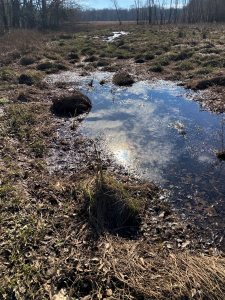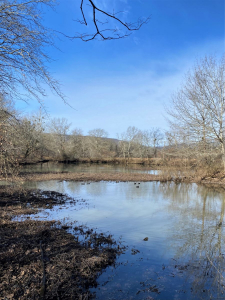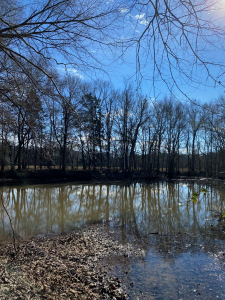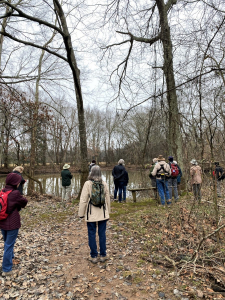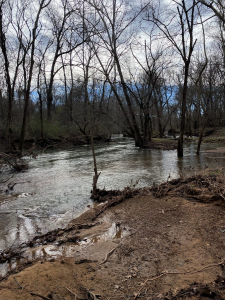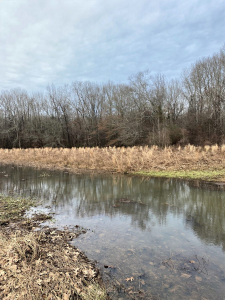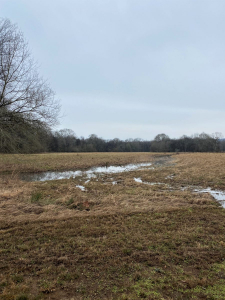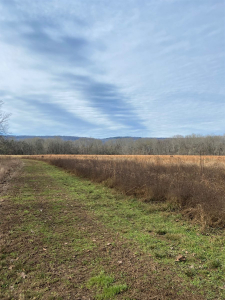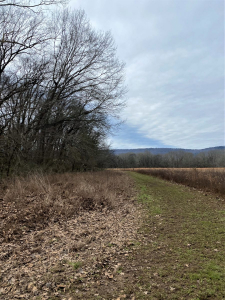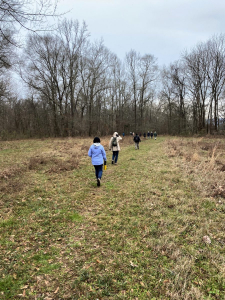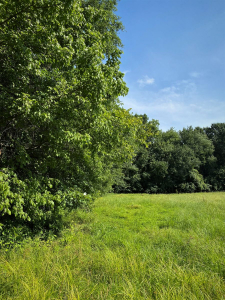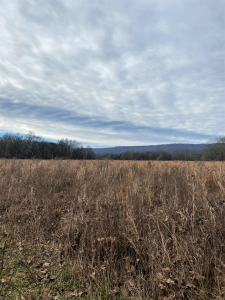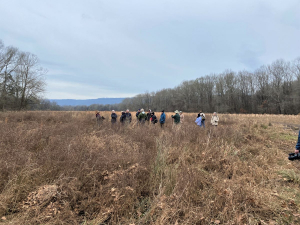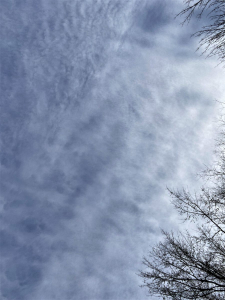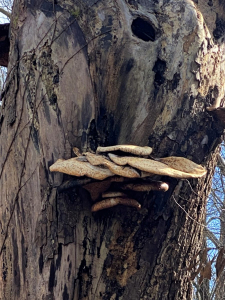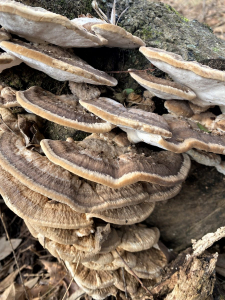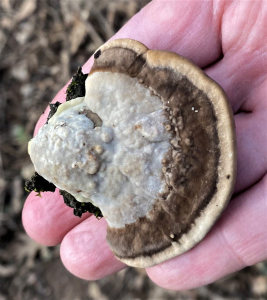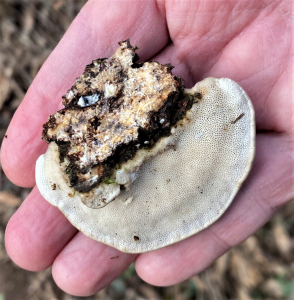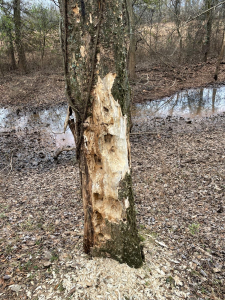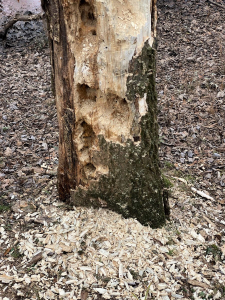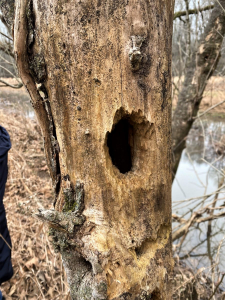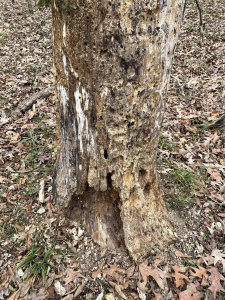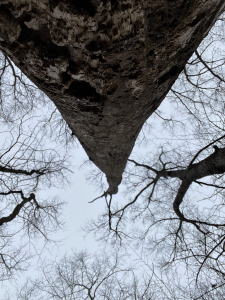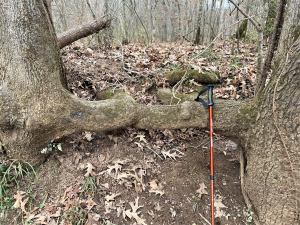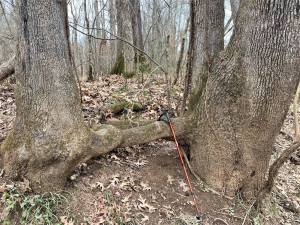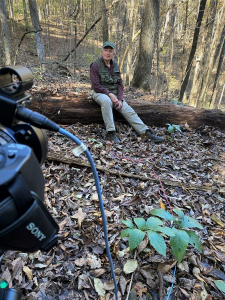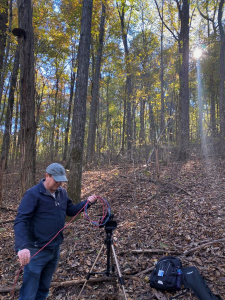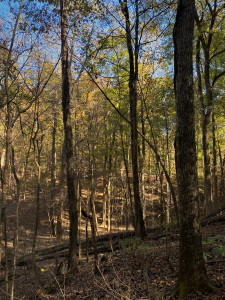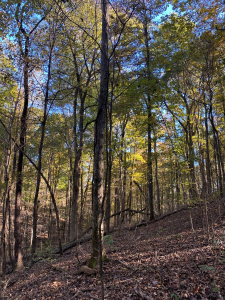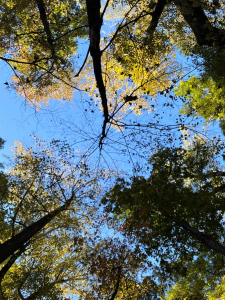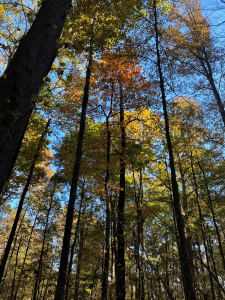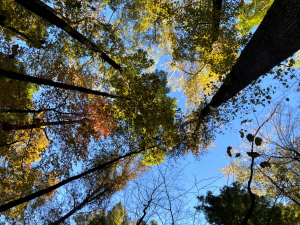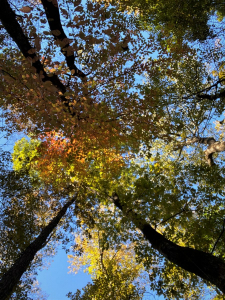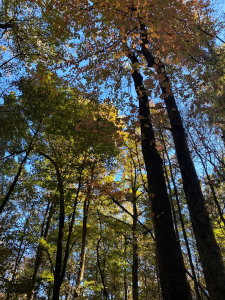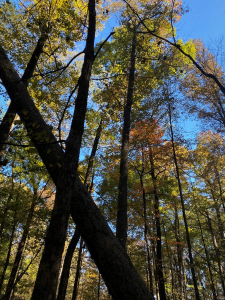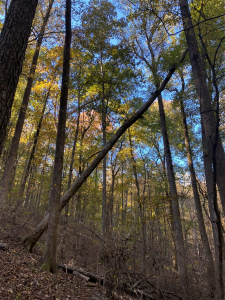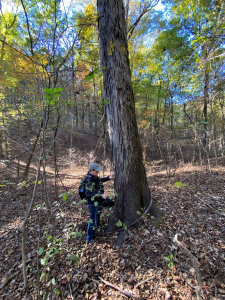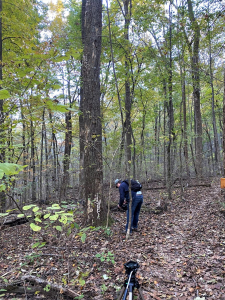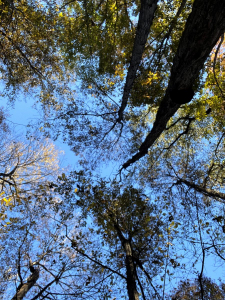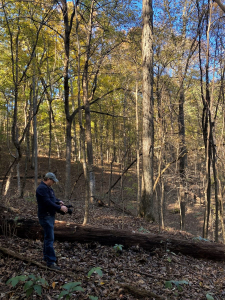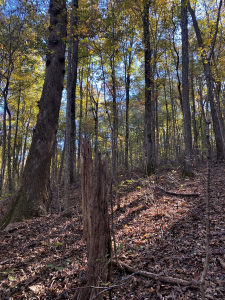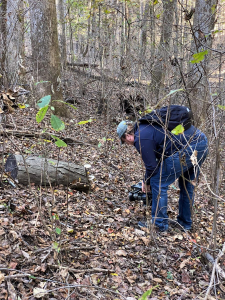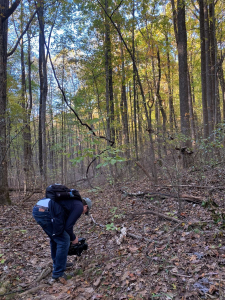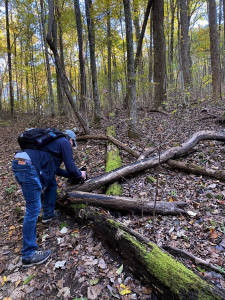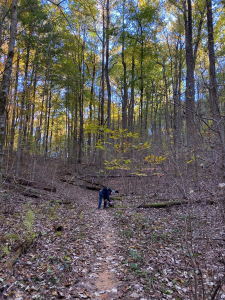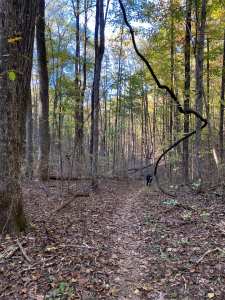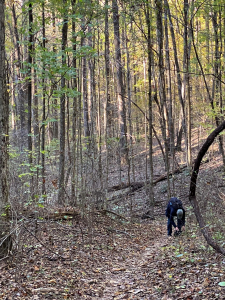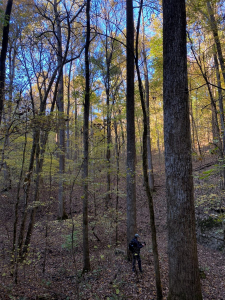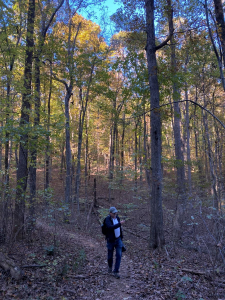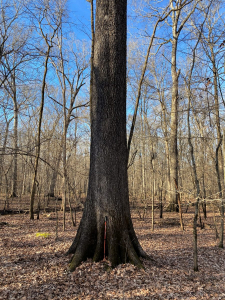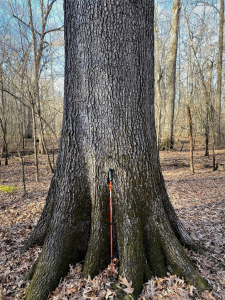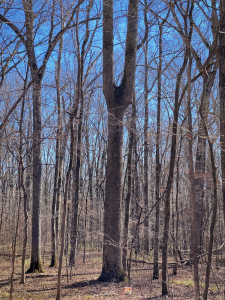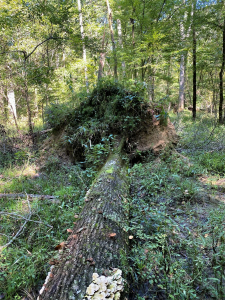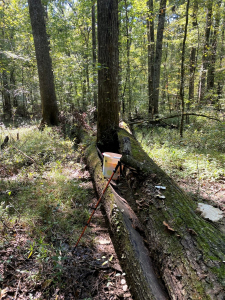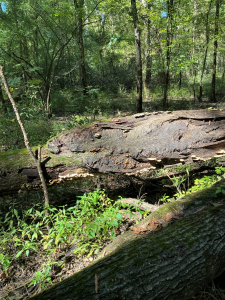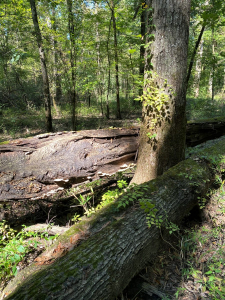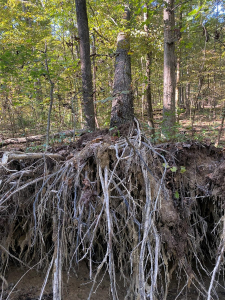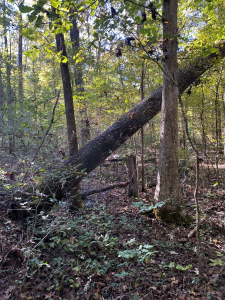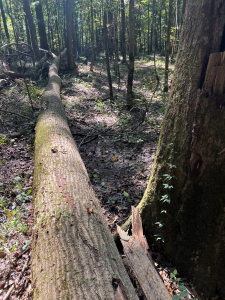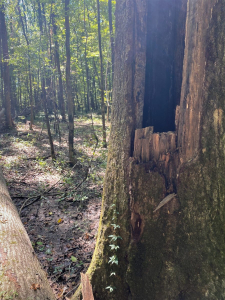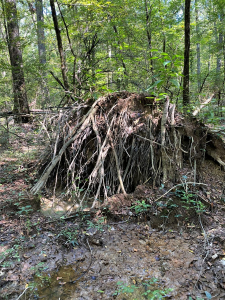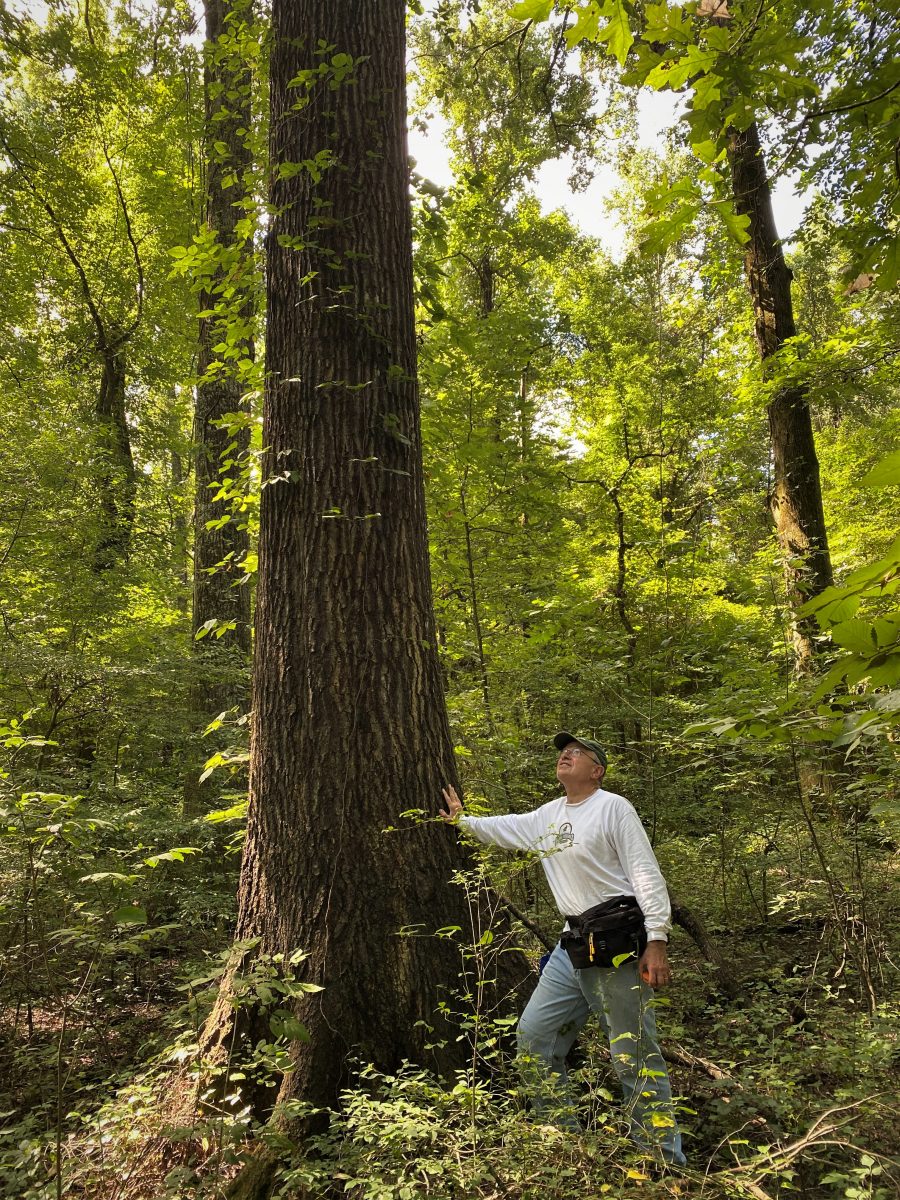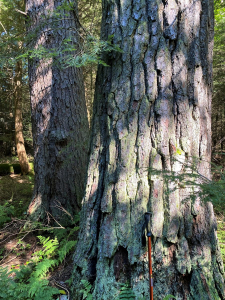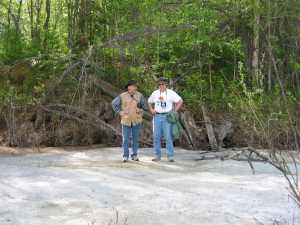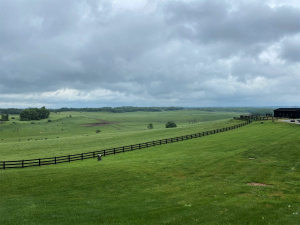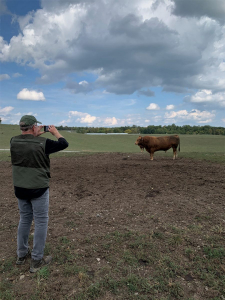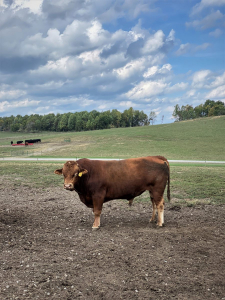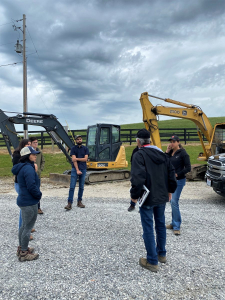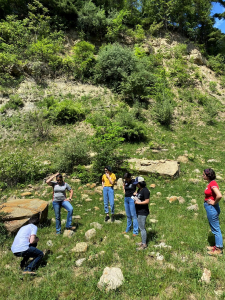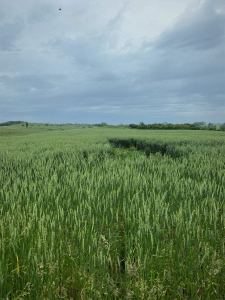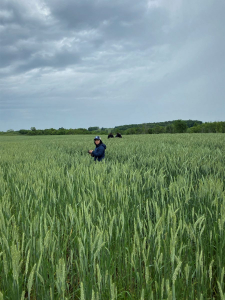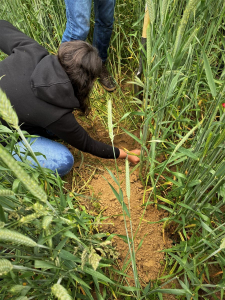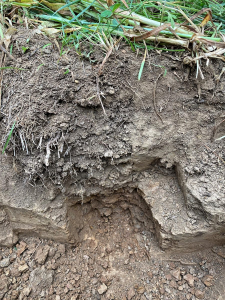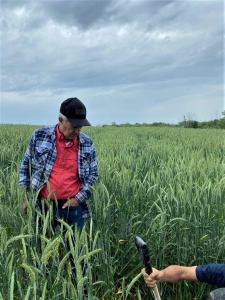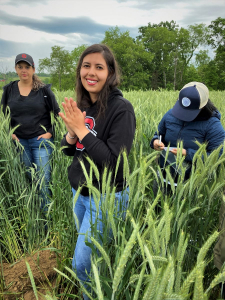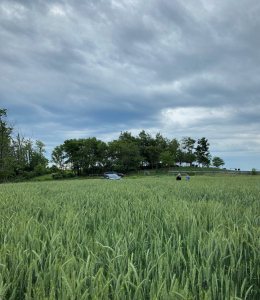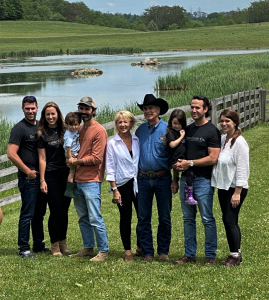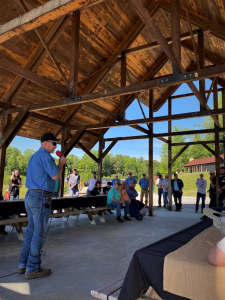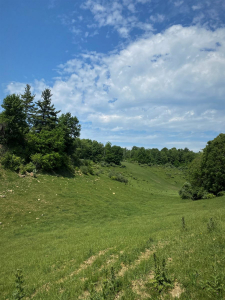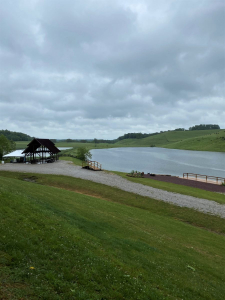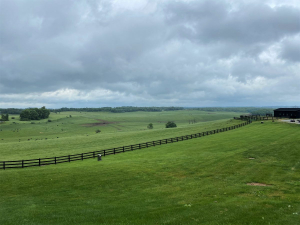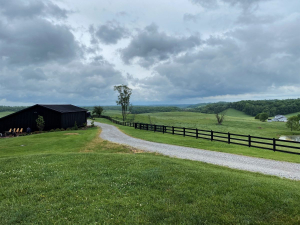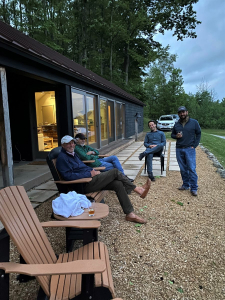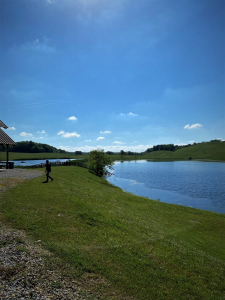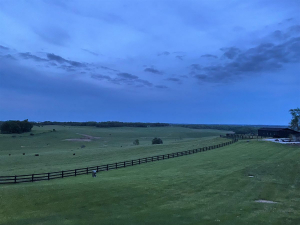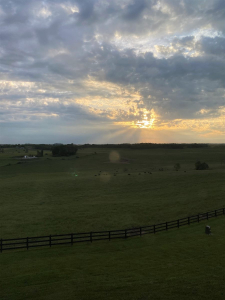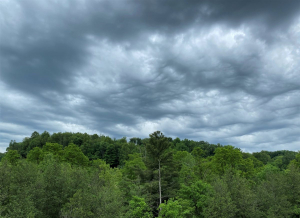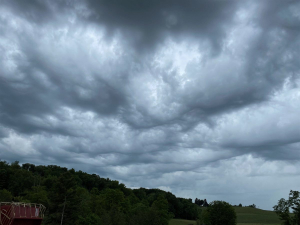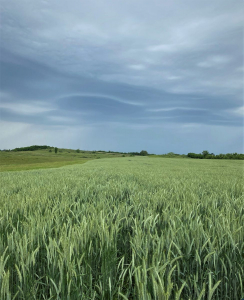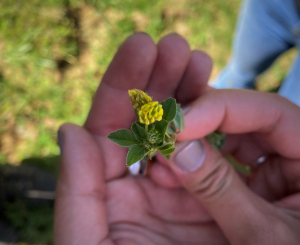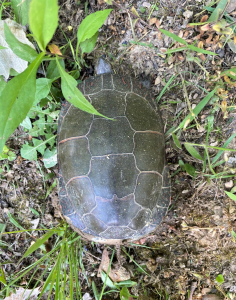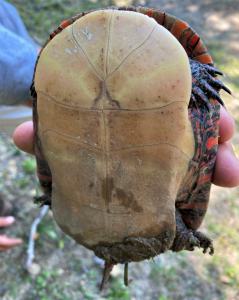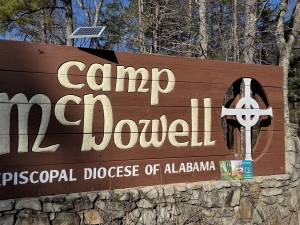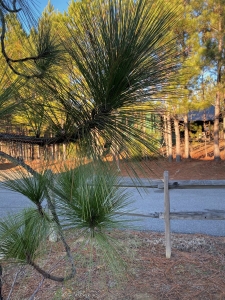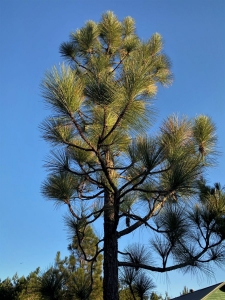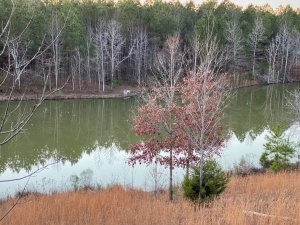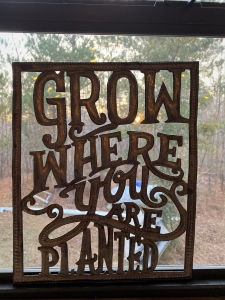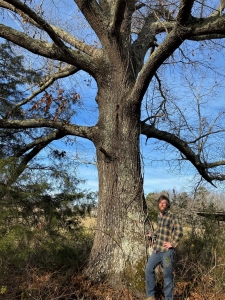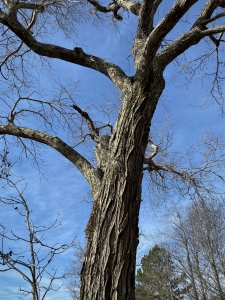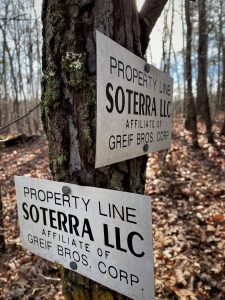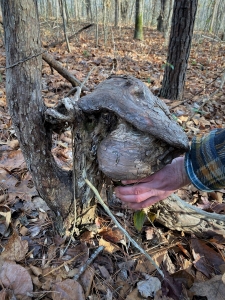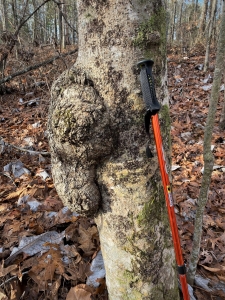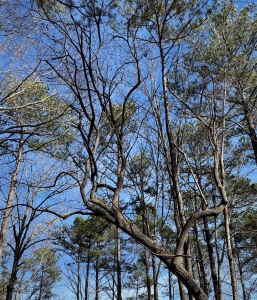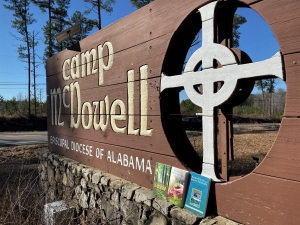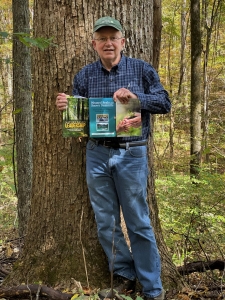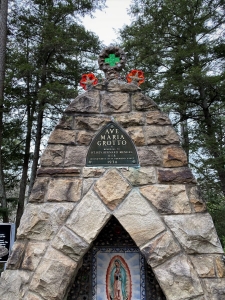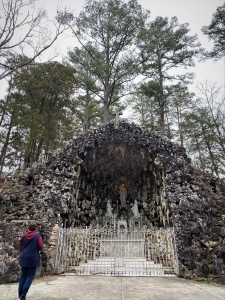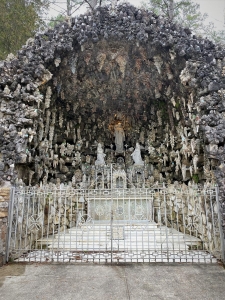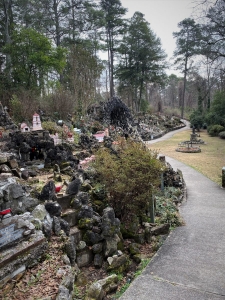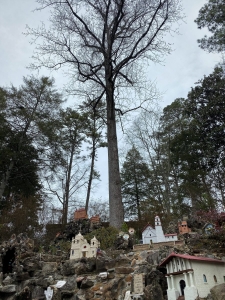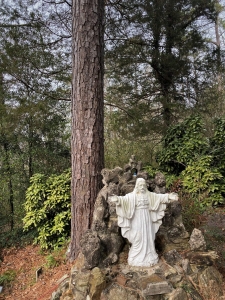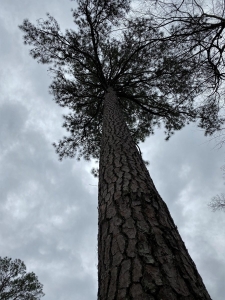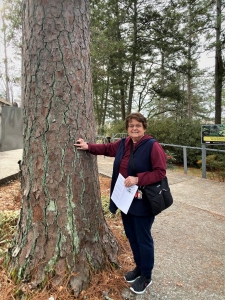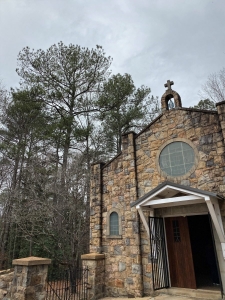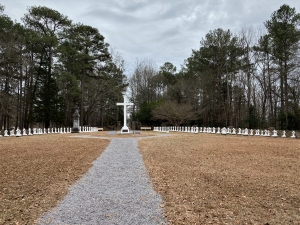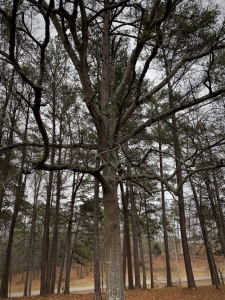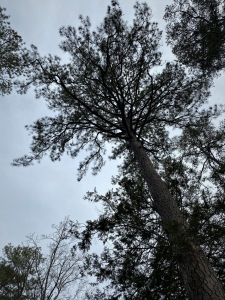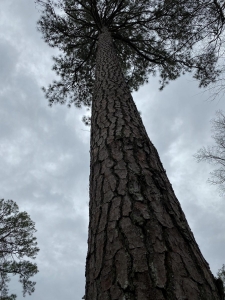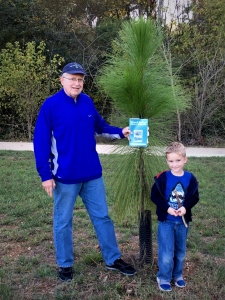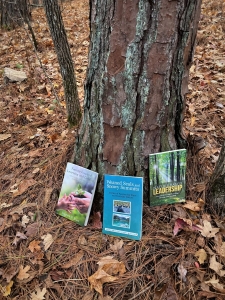An AL Youth Development and Environmental Education Treasure
As ACES (Alabama Cooperative Extension System) Director (1996-2001) I held broad responsibility for Cooperative Extension statewide across all 67 Alabama counties and at both Alabama A&M and Auburn universities. We also conducted education and outreach operations at several regional Extension Centers and the C. Beatty Hannah Horticultural Center at the Birmingham Botanical Gardens. I believe my favorite (I can admit it now after leaving ACES 19 years ago) of all locations and facilities was the Alabama 4-H Center near Columbiana, along the Coosa River’s Lay Lake. Since it began operations, more than 400,000 Alabama youth have spent time there. Few forget it; everyone is changed by the experience.
I returned to the Center in November for the first time since departing for NC State University (and then serving as CEO at four subsequent universities in Alaska, Ohio, New Hampshire, and West Virginia). Over my five ACES years I visited the Center scores of times. Centrally located statewide, the Center served as an ideal meeting location for staff, supporters, and stakeholders. Many nights found me staying at the lodge. What a thrill to return. No longer able to enjoy a morning three-mile run to the state highway (knees frown on the high-impact running notion (and motion)), I awoke before dawn to walk the property and breathe the fall air deeply as the sky slowly brightened.
I’ve found across the years that I exchange some vital essence with the special places in Nature I’ve come to know. Perhaps it’s a sacred connection. I felt the elixir warming my soul as I drove to the entrance and entered the property upon arrival the first afternoon. I suppose the welcome signage had been replaced or at least refreshed over the Earth’s 19 subsequent solar orbits… and the six interstate moves I had made since 2001.
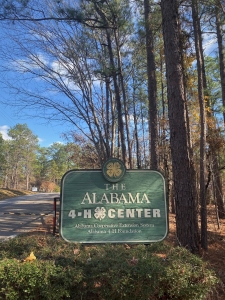
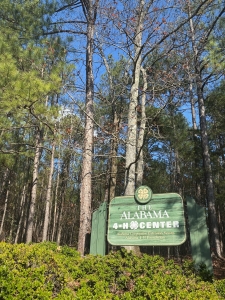
Terrell Guthrie had retired from his Center Director post during my tenure. Nice to see the Lodge now bearing his name!
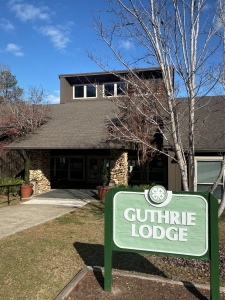
The sun sets early in mid-November, casting its glow on the Center core. Light is a principal section in Nature’s symphony of beauty, magic, wonder, and awe. Her music swells and flows with the interplay of unceasing flux… dawn to dusk, season to season, sun to storm, calm to fury.
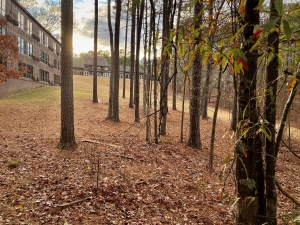
Dr. Gaines Smith served as ACES Assistant Director during my tenure… and replaced me when I left for North Carolina. A double pleasure for me to see the new Environmental Science Education Building… and that it bears Gaines’ name! The facility is first-class, a wonderful addition to the Center. The back deck (below right) reaches to the forest, a perfect setting. That’s Seth Tuttle, 4-H Foundation Development Officer (far right), Katelyn Diercks, Outreach Program Coordinator (center), and Jon Harrison, Onsite Program Coordinator (left). I believe I can discern a lot about the quality of a field-based education program by its staff. I had met Seth previously — the Foundation is in good hands. Katelyn and Jon evidence the high quality, deep passion, and total commitment to environmental education at the Center. I intend to visit again when they are in action with youth on-site.
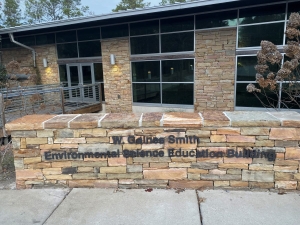
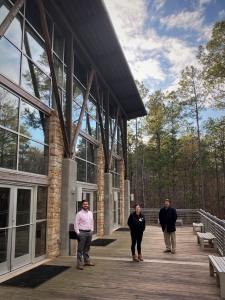
Even if I had not seen the Center first-hand, the informational materials would have seduced me.

I’m a sucker for boardwalks, decks, and elevated walkways. Watch my delight as you lift me into the forest canopy! This walkway and deck reach into the forest behind the Gaines Smith Building. I wanted a bench and a glass of nice Scotch, and perhaps an hour or two to contemplate my semi-retirement mission dedicated to writing and speaking to educate, inspire, and enable readers and listeners to understand, appreciate, and enjoy Nature… and accept and practice Earth Stewardship. When I visited the Center 20 years ago, I carried the burden (and blessing) of leading a $50 million informal education network (ACES) with staff at more than 70 locations across Alabama. It is only now that I have the luxury of dedicated thinking, contemplation, philosophizing, relaxing, and drifting in the mists of Nature-Inspired Life and Living at a place like the 4-H Center. I see engaging in some manner with enterprises such as this as one vehicle for furthering my mission.
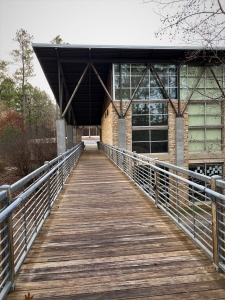
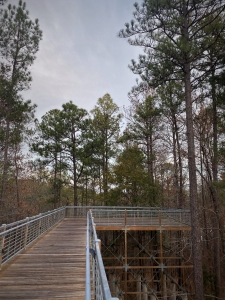
Without so much dreamy reflecting, I will note the Center’s raptor program, an essential complement to environmental education programming at the Center. I liked the “What is your wingspan?” board (below right). I’ve written often in these Posts about the great blue heron’s symbolic role in my life and its sacred connection to my deceased Dad. My wingspan overlaps to the inch with the great blue heron’s, hidden behind my own spread wings. Over the years I’ve embraced that little occurs in life that owes to coincidence. Instead, I’ve seen so much that is too perfect to attribute to blind coincidence. As a consequence, I believe that many critical junctures of my life…decisions, timing, occurrences, alignments…are best described as correspondence…divine providence. Divine providence that my wingspan is the same as a great blue heron? Well, perhaps it’s something more subtle. A good sign… a favorable harmony of dimension. I did get a thrill to see the exact overlap.
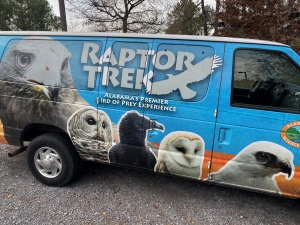
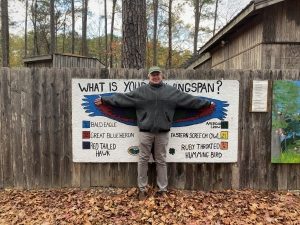
I draw great pleasure from my Nature musings. The 4-H Center seems to have evolved these past 19 years in a manner that had I stayed as ACES Director I would have embraced, encouraged, and in some small part enabled. Did I leave behind some essence…a seed…that germinated and rooted with my departure? Or was I drawn to the Center then because that is the future and the elixir I sensed was already there? The result, however one terms its derivation, does in fact appear to be an act of divine providence.
Lay Lake on Coosa River
No, the image below left is not a framed painting. It is instead the view from the Lodge across the meadow to the bordering forest and Lay Lake. Katelyn and John offer foreground for the Lake view at the Center boat landing (below right).
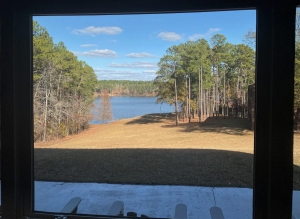
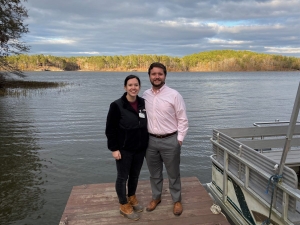
I really see no necessity for words describing the two photos below. Well, I can’t resist! The sky, water, trees, and curvilinear shoreline combine to mesmerize (below left). And imagine turning a busload of fifth-graders loose on the canoes in early autumn.
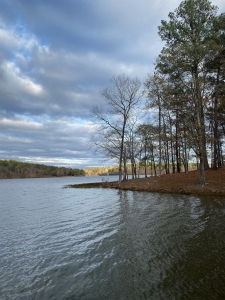
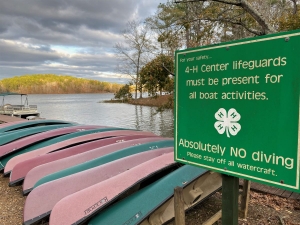
I could offer some melancholy reflections on how wonderful to be eleven years old again, discharging with classmates from the bus. Nostalgia does somewhat fuel these musings, yet perhaps far more powerful and cogent is my hope that long after my final visit to the Center, sixth-graders from many generations hence will be paddling, hiking, and learning along the shores of Lay Lake!
You can help assure that future. Seth is leading a fundraising campaign to modernize and expand kitchen and dining facilities at the Center. To see for yourself the plans for the 4-H Center visit: www.thecenterofitall.org
Video of the 4-H Center and Campaign: https://www.youtube.com/watch?v=KgNXb2FxhhU&feature=youtu.be
Online donation: https://app.mobilecause.com/form/EWoMHA?vid=3szqy
Text donation: Text AL4H to 41444
If you’d like to visit or tour the 4-H Center or if you have any questions about the campaign itself, feel free to reach out to Seth Tuttle, sethtuttle@auburn.edu or cell/text 334-750-7087
The Center’s Forests
The Center’s original forests long ago fell to timber producers or perhaps land-clearing for agriculture. The present second- or third-growth cover suggests deep forest to the unacquainted. One can almost imagine that this forest has persisted for the ages. I snapped both photographs below from the elevated walkway. I liked the persistent maroon sweet gum (Liquidambar styraciflua) leaf.
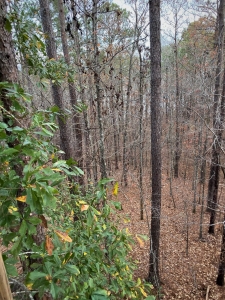

One more photo from the sky walk (below left). In the forest below, I pondered tree spacing across these mixed forests. Why did the loblolly pine (Pinus taeda, the larger tree to the right) and sourwood (Oxydendrum arboreum) take root within a foot of each other? How did one not shade-out the other over their 50 years of adjacent growth? The answer may be quite simple as I’ll explain with the following two photos.
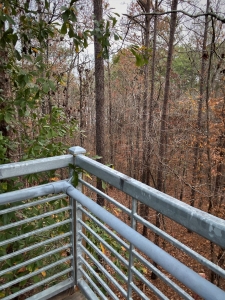
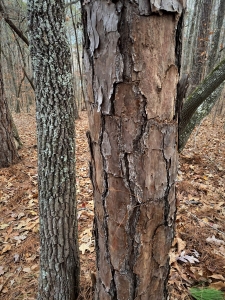
Why did they germinate side by side? My very simple answer — chance. The seeds fell and found purchase. And why didn’t one overpower (competing for available light) the other? Loblolly demands full sun to thrive, grow vertically, and rise into the upper canopy. Sourwood (see the two examples below) is not nearly so demanding. It seldom finds the upper canopy, thriving mostly as an intermediate in the shade of dominant and co-dominant trees. And, as I’ve noted often, it defies gravity… bending and searching to secure a place in the canopy that satisfies whatever demands only it seems to know. So, no big deal to germinate beside a sun-demanding loblolly. Rather than try to muscle (and lose to the faster growing loblolly) vertically for sunlight, the sourwood comfortably takes an alternative course, twisting to find a suitable mid-canopy space above. A loblolly exercises a growth pattern termed negative geotropism — at 180 degrees to the pull of gravity. Sourwood snubs gravity, following a pattern termed positive phototropism, securing light that it can find within the intermediate canopy. I admire sourwood’s independence and free form.

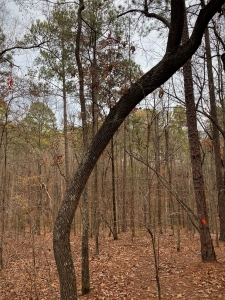
Loblolly is not the only pine at the Center. This longleaf pine (Pinus palustris) fiercely strives for verticality!
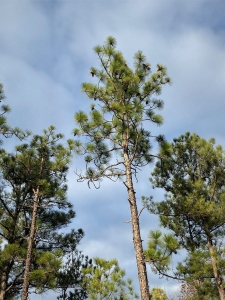
Exciting Possibilities!
As I drove east, in-bound toward the Center entrance, I noted a For Sale sign for some 300+ acres of forestland adjoining the Center along its western flank. The land is owned by an Alabama company dedicated to “sustainable management, conservation and protection of our natural resources. We are committed to our core values of ensuring the safety and well-being of our employees, providing the highest quality products and services for our customers, and developing long-lasting relationships in the communities where we live and work.” What if that company were willing to reserve that adjoining acreage to create an Earth Stewardship and Forest Sustainability Exploration and Demonstration Trail System at the Alabama 4-H Center. Okay, that’s a dream spurred from a single return visit to the Center. I no longer have a professional stake in the Center’s future. However, I feel a powerful force compelling me to do all I can to assure that both my mission and the Center’s surge into the future. I can’t resist at least contemplating how the Center and this company might partner to forge a centuries-lasting legacy.
Much of the acreage supports cut-over forestland planted with longleaf. In my professional forestry vernacular, cut-over is not pejorative. The vast bulk of New England, Lakes States, mid-Atlantic, and southeastern US forests are previously cut-over! This company is an exemplar of informed and responsible forest stewardship. I see significant advantage in the 4-H life of the property, were it to be dedicated to such application, beginning at a new forest condition. Imagine this forest 30 years hence, with its network of forest roads providing educational access to nearly a one-half square mile parcel of rolling forest. My enthusiasm for this visionary possibility is hard to suppress! Well, after five decades of practicing forestry and applied ecology, I cannot resist what I call Mighty Oak Dreams. I can’t help but see the 4-H Center reaching for the stars and strengthening its environmental education mission deep into the future, partnering with a company with an extraordinarily deep land ethic. The taller trees (below left) mark the boundary of the 4-H Center.

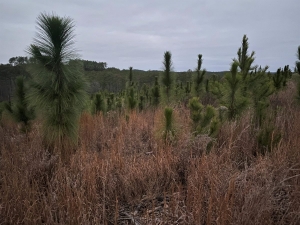
An AL Youth Development and Environmental Education Gemstone
The Center is a gemstone… it has been for years. It will be for decades…and longer…ahead. I’m pleased to revisit… and offer ideas for enhancing its future in service to Alabama youth. I’ve had many ideas over my career that never saw the light of day. Yet, I’ve had a few that found traction. And I believe they made a difference. My idea of an Earth Stewardship and Forest Sustainability Exploration and Demonstration Trail System at the Alabama 4-H Center may die a slow death, or even a rapid one. However, they’re not making anymore land here in Alabama. Or, for that matter, anywhere else either. I don’t want to come back to see a Sold sign and then red pin-flags marking lots and subdivision survey stakes. There’s only this one chance to make the 4-H Center future right.

Again, the Alabama 4-H Center is an Alabama youth development and environmental education gemstone. No matter what happens, it will remain a special place. Yet it can be more. Three hundred-plus acres more! Now is not the time to be timid. Mighty Oak Dreams see fruition only with applied wisdom, knowledge, and hard work.
I’ll end with an excerpt from my first book, Nature Based Leadership: Mid-twentieth century Pulitzer Prize winning author and playwright, Louis Bromfield bought an old, worn out farm in the US Midwest in 1938. He devoted his life to rehabilitating the land on Malabar Farm, the name he gave to his property. He said, in 1945: “The adventure at Malabar is by no means finished…The land came to us out of eternity and when the youngest of us associated with it dies, it will still be here. The best we can hope to do is to leave the mark of our fleeting existence upon it, to die knowing that we have changed a small corner of the earth for the better by wisdom, knowledge, and hard work.” What do we want to leave for tomorrow adjacent to the 4-H Center? A housing development or a tremendous legacy for the youth of tomorrow.
As I near the beginning of my eighth decade here on planet Earth, I want to make sure my fleeting existence has changed some small corner of this pale blue orb for the better.
Thoughts and Reflections
I wrote my books Nature Based Leadership (2016), Nature-Inspired Learning and Leading (2017), and Weaned Seals and Snowy Summits: Stories of Passion for Place and Everyday Nature (2019; co-authored with Dr. Jennifer Wilhoit) to encourage all citizens to recognize and appreciate that every lesson for living, learning, serving, and leading is either written indelibly in or is powerfully inspired by Nature. All three are available on Amazon and other online sources.
Here are the three succinct truths I draw from this Blog Post:
- Sometimes our resonance with one of Nature’s special places is amplified by extended absence
- Sacred connections strengthen our resolve to change some small corner of our world for the better
- We should all strive to fulfill some Nature legacy dream for a future that will certainly outlive us
Inhale and absorb Nature’s elixir. May Nature Inspire and Reward you!
Note: All blog post images created & photographed by Stephen B. Jones unless otherwise noted. Please circulate images with photo credit: “©2020 Steve Jones, Great Blue Heron LLC. All Rights Reserved.”
Another Note: If you came to this post via a Facebook posting or by an another route, please sign up now (no cost… no obligation) to receive my Blog Post email alerts: https://stevejonesgbh.com/contact/
And a Third: I am available for Nature-Inspired Speaking, Writing, and Consulting — contact me at steve.jones.0524@gmail.com
Reminder of my Personal and Professional Purpose, Passion, and Cause
If only more of us viewed our precious environment through the filters I employ. If only my mission and vision could be multiplied untold orders of magnitude:
Mission: Employ writing and speaking to educate, inspire, and enable readers and listeners to understand, appreciate, and enjoy Nature… and accept and practice Earth Stewardship.
Vision:
- People of all ages will pay greater attention to and engage more regularly with Nature… and will accept and practice informed and responsible Earth Stewardship.
- They will see their relationship to our natural world with new eyes… and will understand more clearly their Earth home.
Tagline/Motto: Steve (Great Blue Heron) encourages and seeks a better tomorrow through Nature-Inspired Living!
Steve’s Three Books
I write my books, issue my Posts, and speak before various audiences to educate, inspire, and enable readers and listeners to understand, appreciate, and enjoy Nature…and accept and practice Earth Stewardship, and Earth Citizenship!

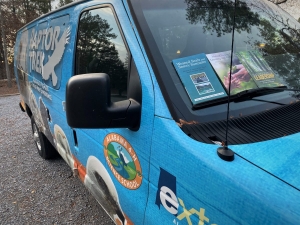
A Persistent and Tireless Call for Informed and Responsible Earth Stewardship
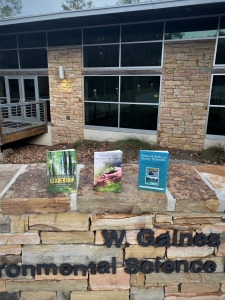
All three of my books (Nature Based Leadership; Nature-Inspired Learning and Leading; and co-authored with Dr. Jennifer Wilhoit, Weaned Seals and Snowy Summits) present compilations of my own (and Dr. Wilhoit’s) rich experiences in Nature. All three books offer observations and reflections on my relationship to the natural world… and the broader implications for society. Order any and all from your local indie bookstore, or find them on IndieBound or other online sources such as Amazon and LifeRich.
